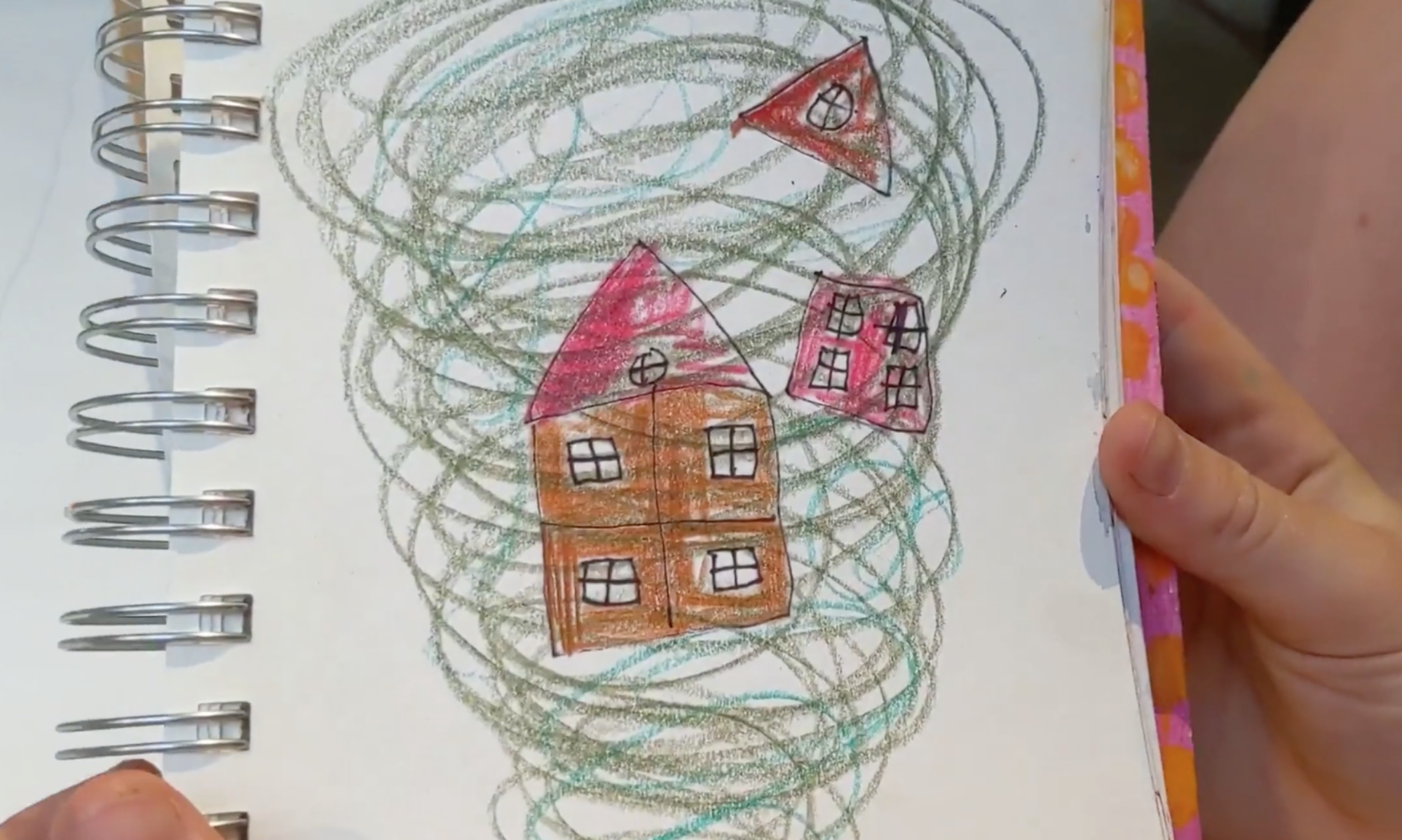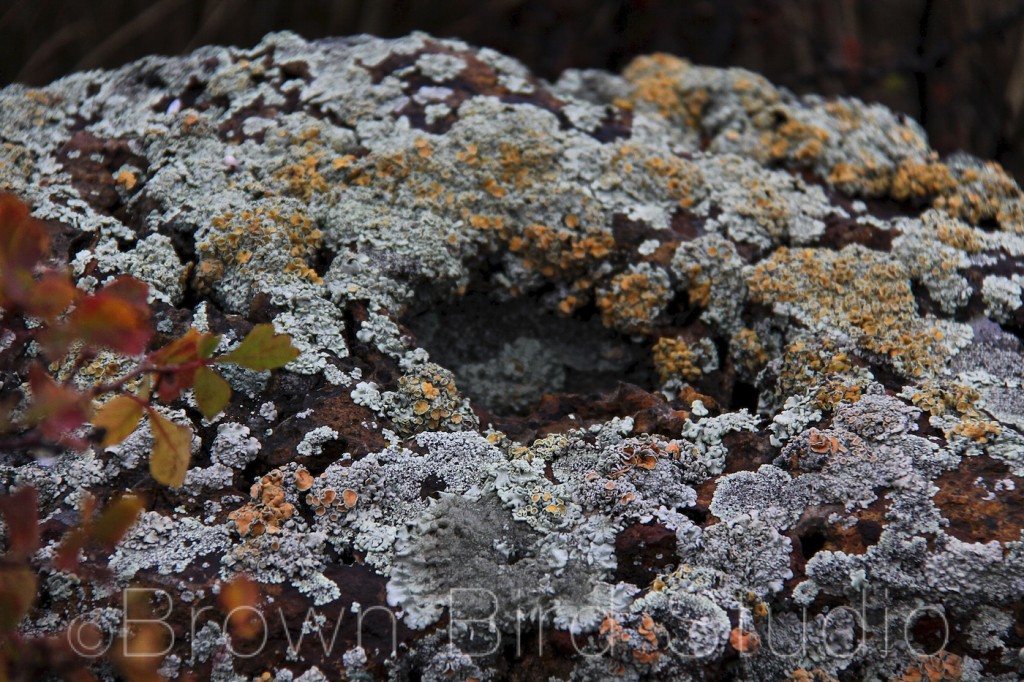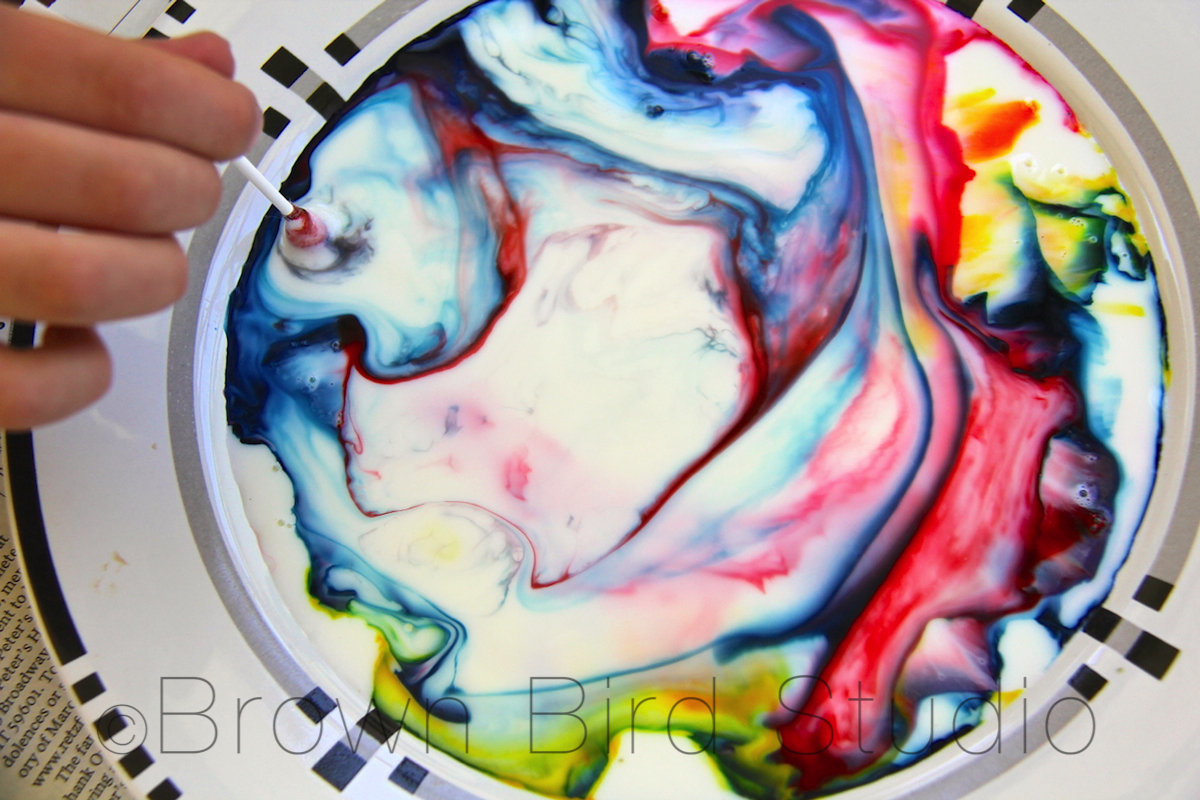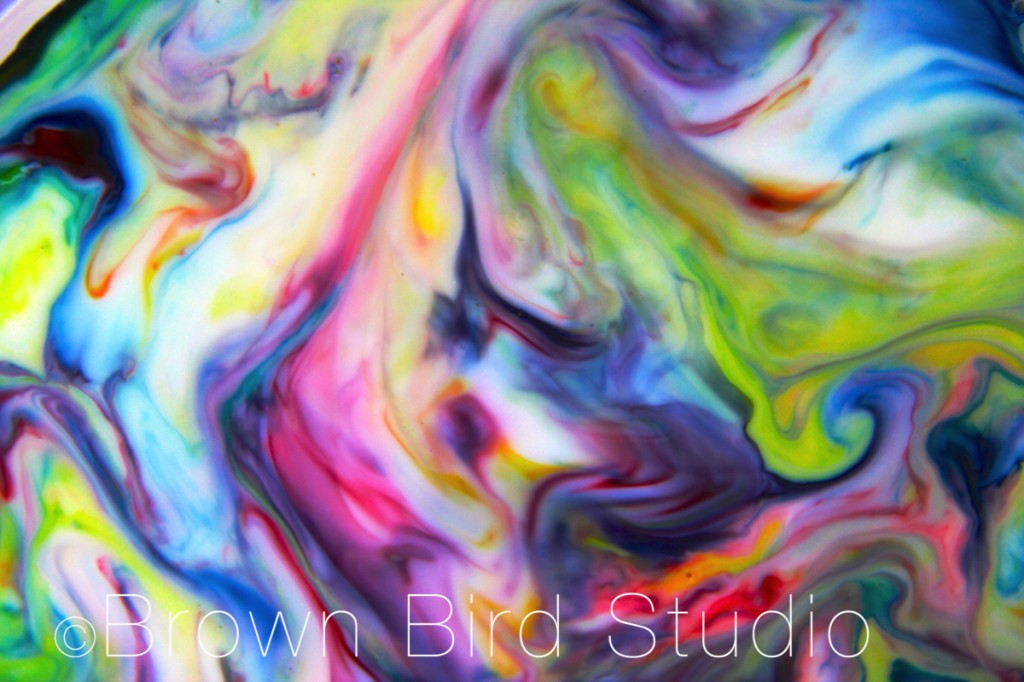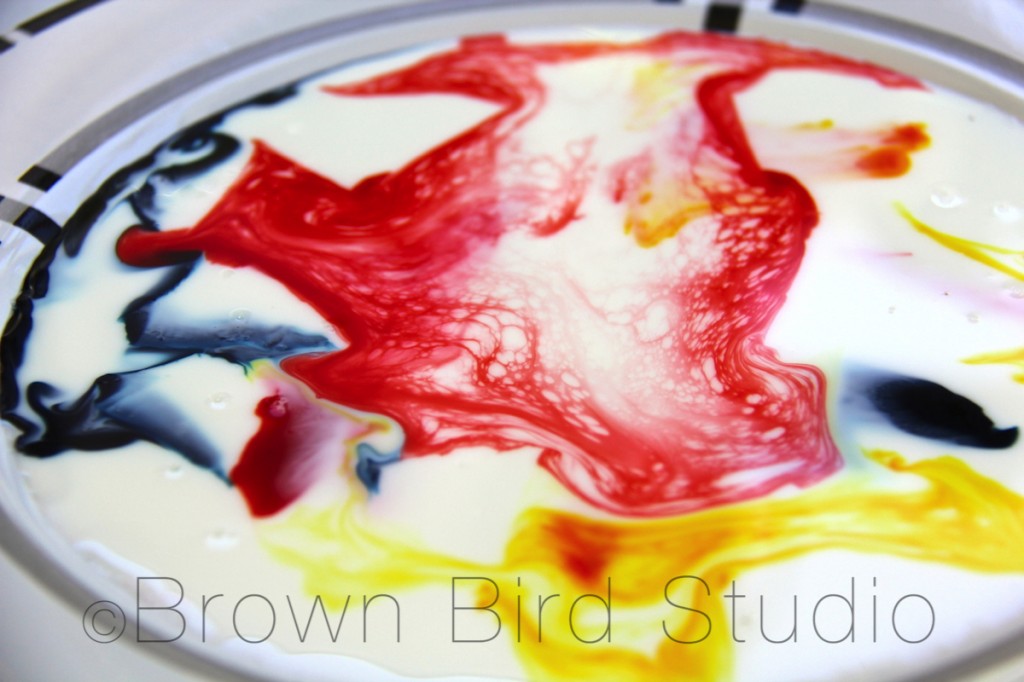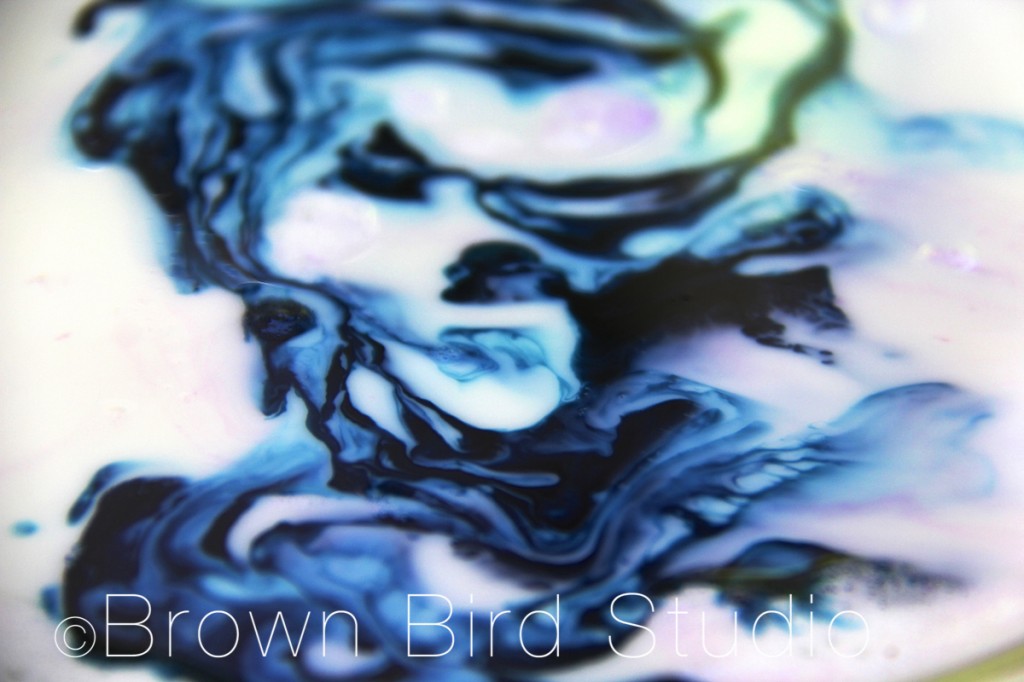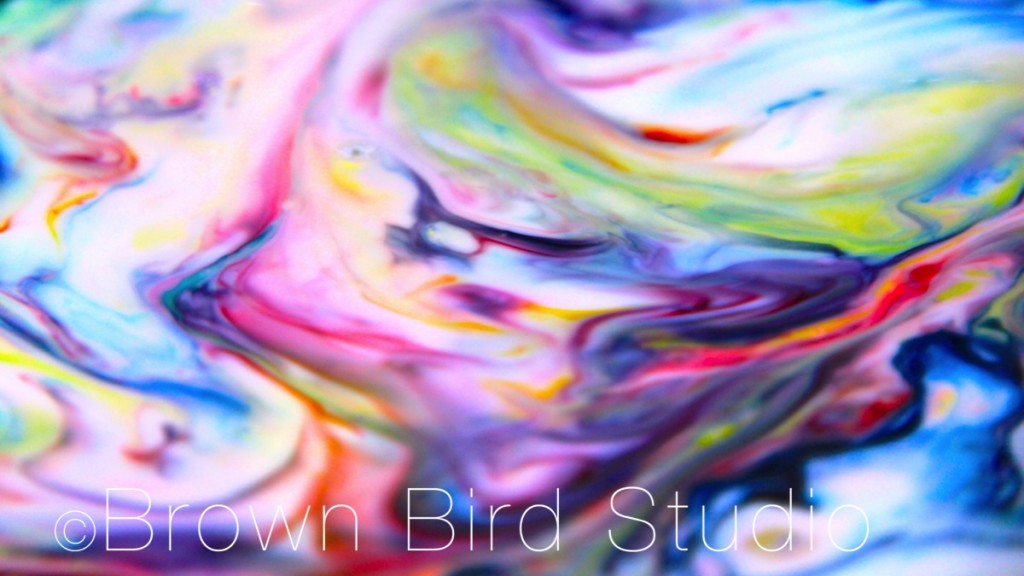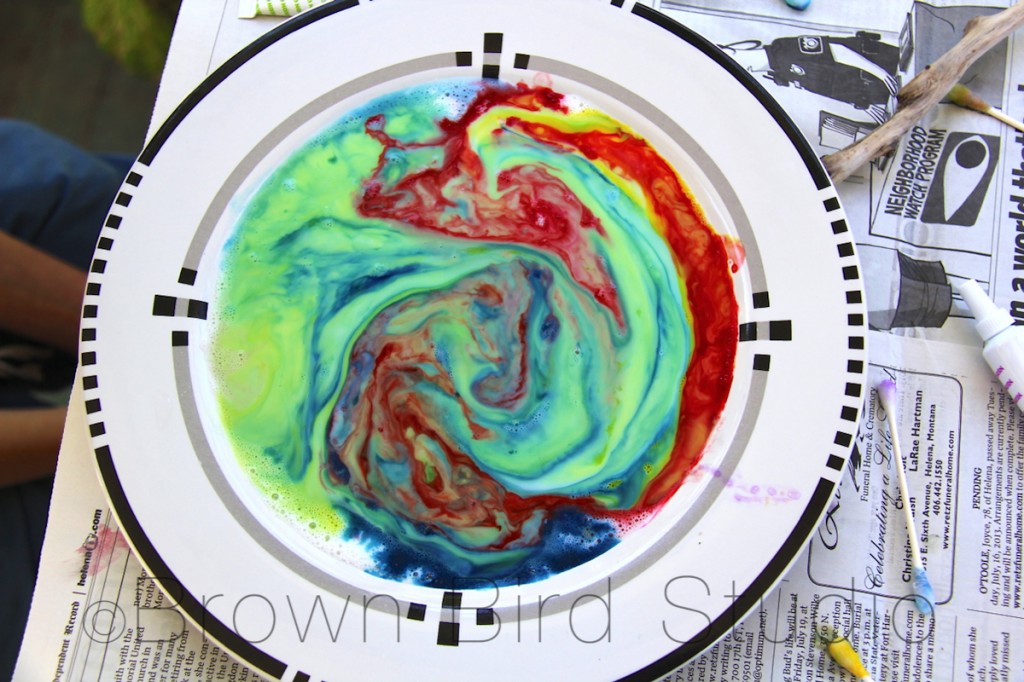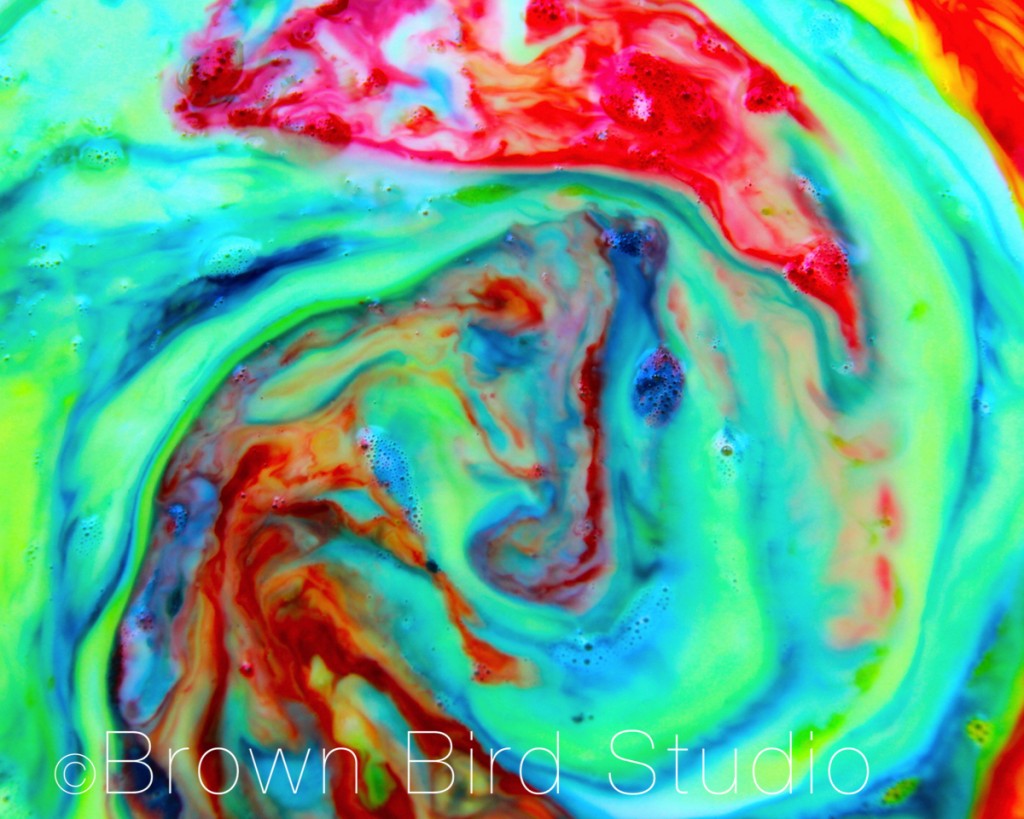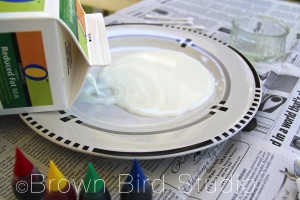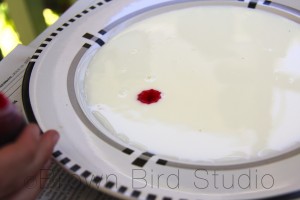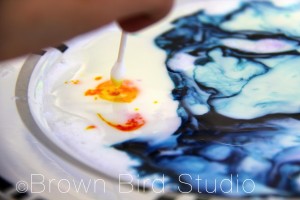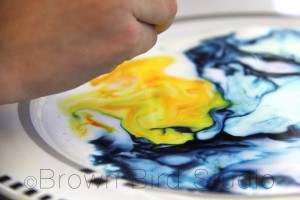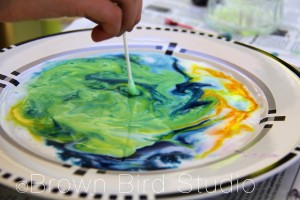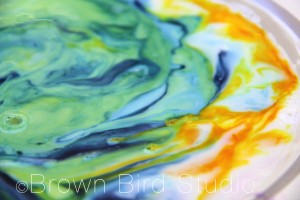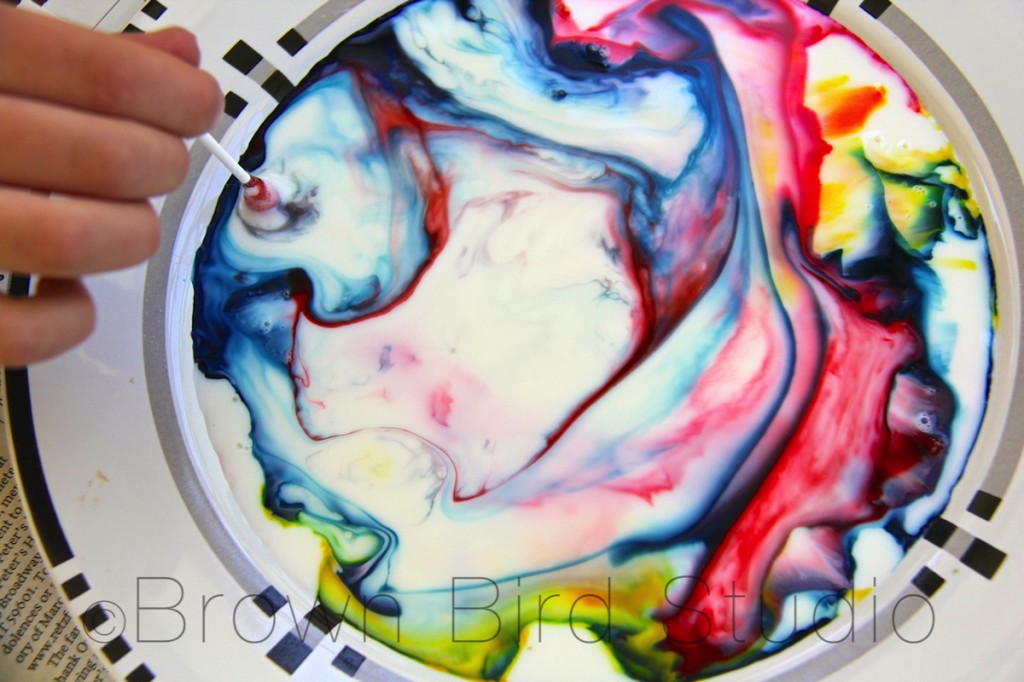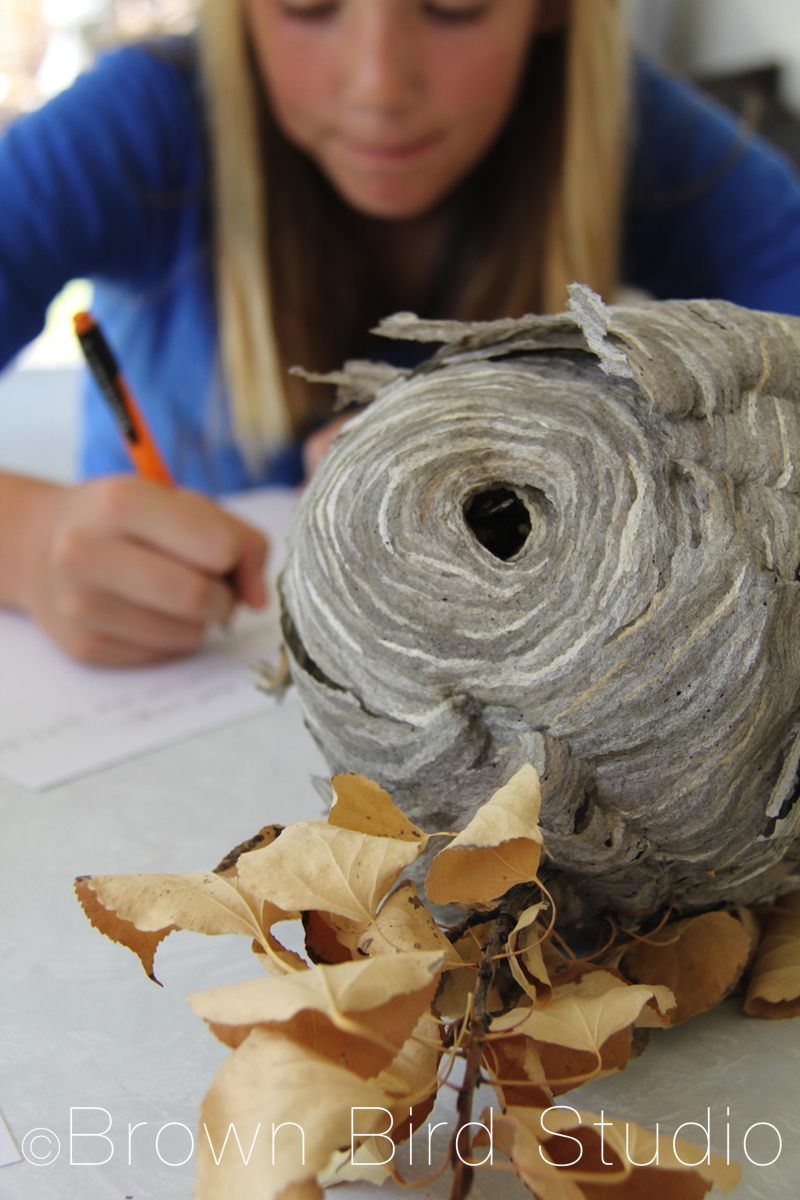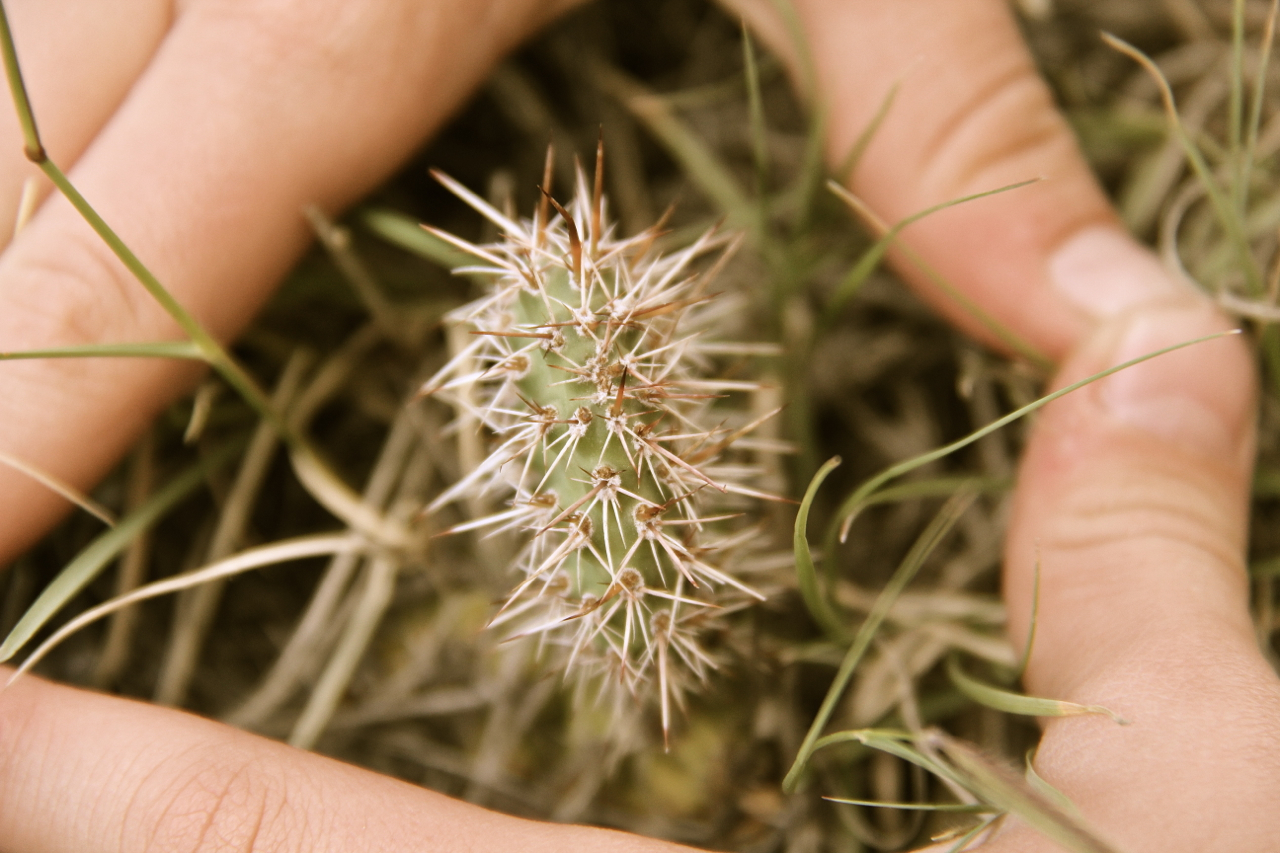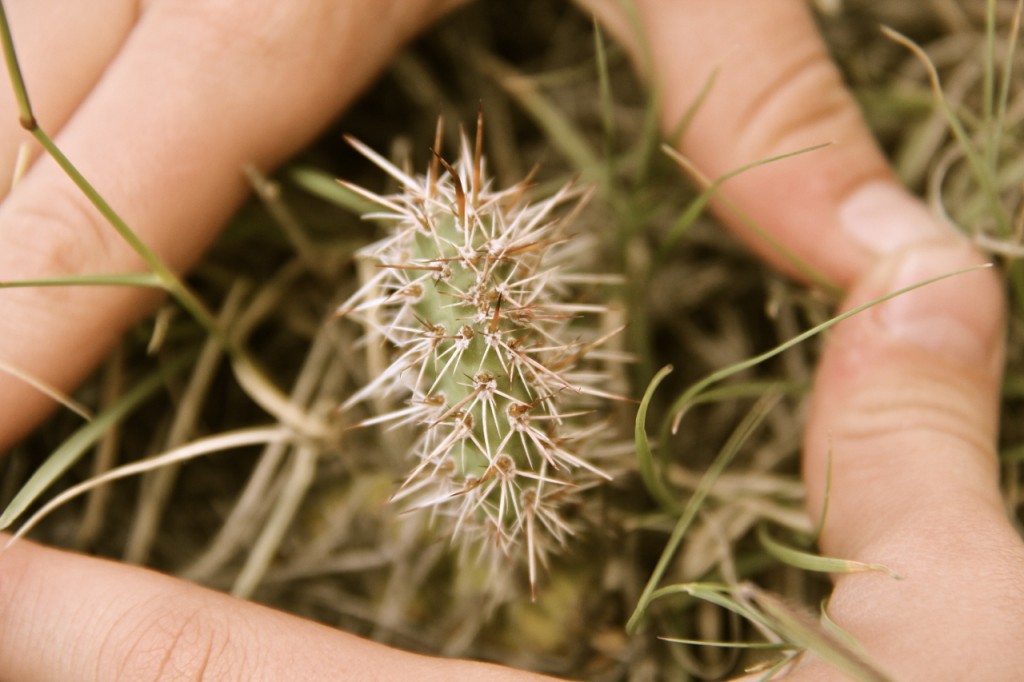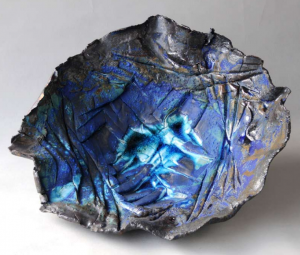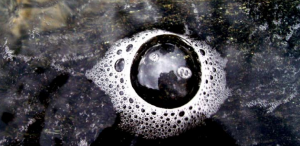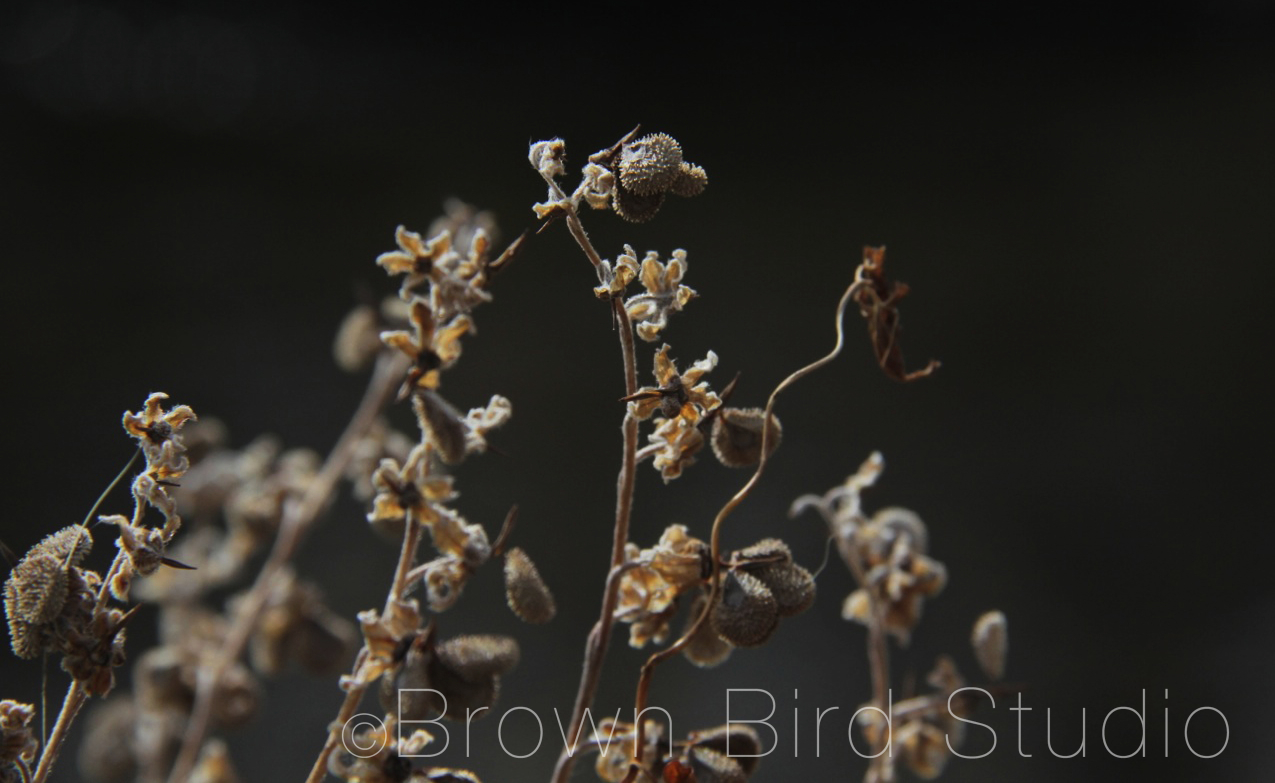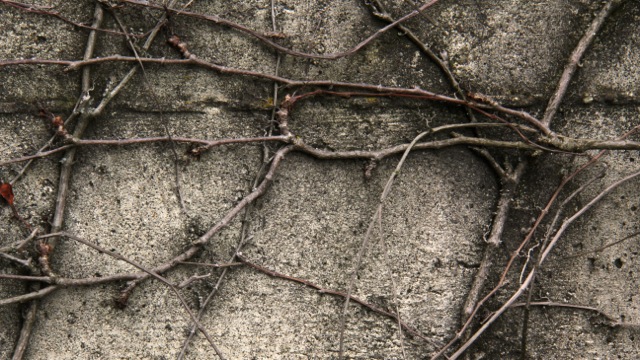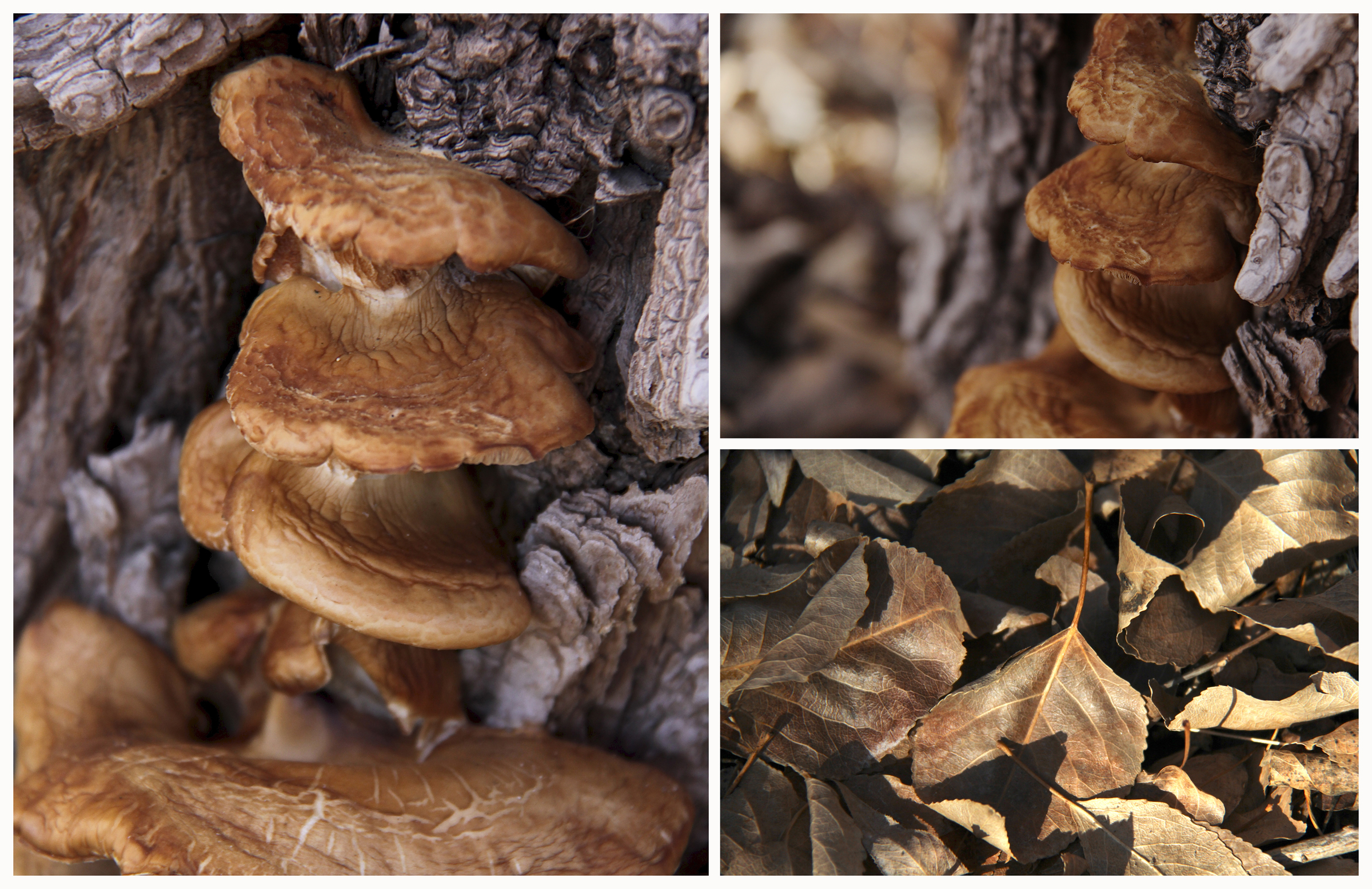Have you ever stayed indoors because it’s just too uncomfortable to go outside? Sometimes we all do that: hide from the elements — wind, rain, heat, snow, ice, sun. When I choose to stay inside and not head out into nature, I often regret it later. Yesterday was one of those days. I seriously thought about not going out in the rain, but Charlie needed his walk and I needed my nature-fix. So, I bundled up, put on a hat, grabbed the umbrella and my camera and took off with my favorite walking buddy.
Rain. Have you ever noticed when it’s raining, that in spite of overcast skies and gray air, the rain has an amazing effect on the colors all around you? I decided to turn our soggy outing into a hunt for awesome colors. This time of year in Montana, the colors of the land appear to fade but they don’t, really. Prairie grasses morph to tan, gray, brown. Wildflowers seed. Yes, aspens, larch and other trees will soon put on a color show, and the ground shrubs are still colorful, but mostly, when our eyes look out at the prairie, our brains see “gray/tan.”
But. When the rain comes, all you have to do is look a little closer and you’ll see a tapestry of brilliant colors. Here’s one, above — a community of lichens.
Click the photo to see it large — you’ll see the colors better. It’s like getting down on the ground up close to your subject. 🙂
